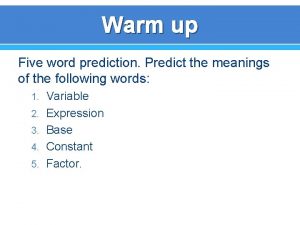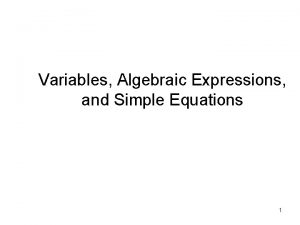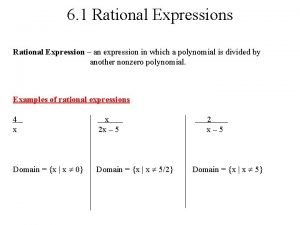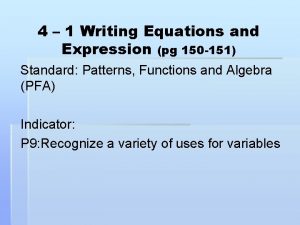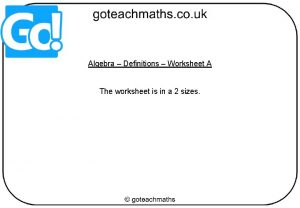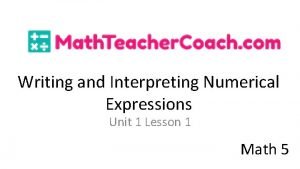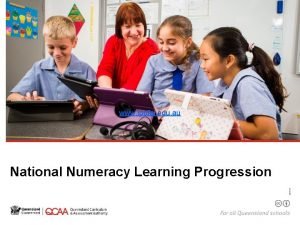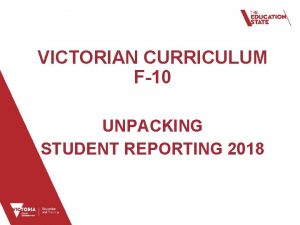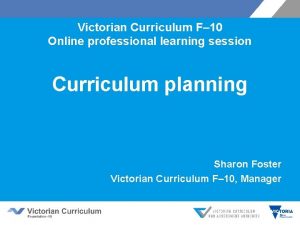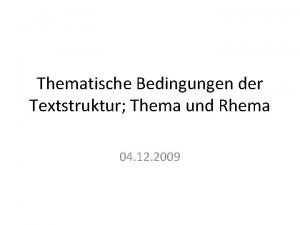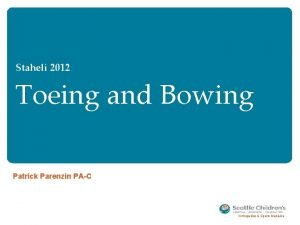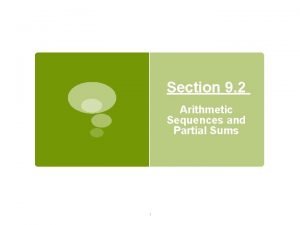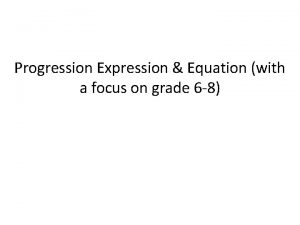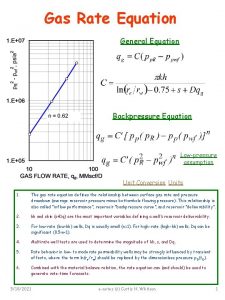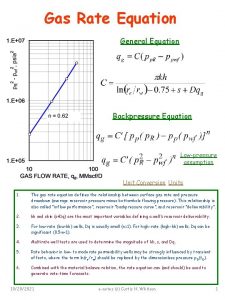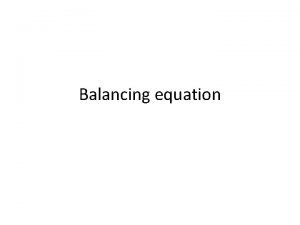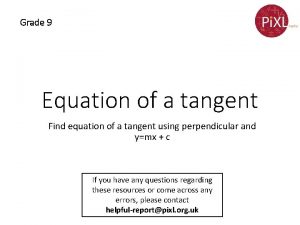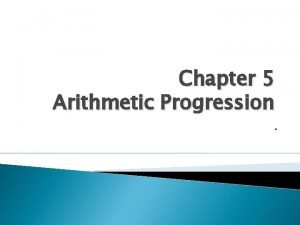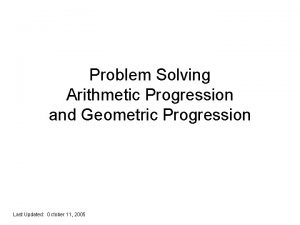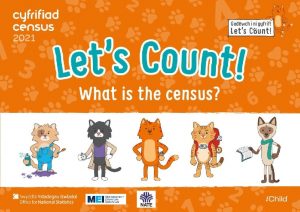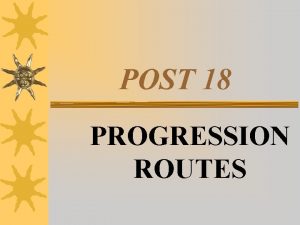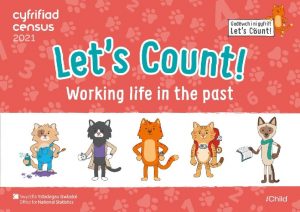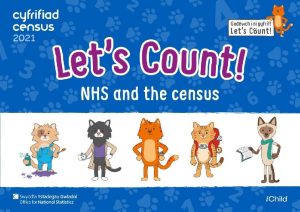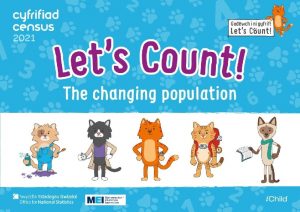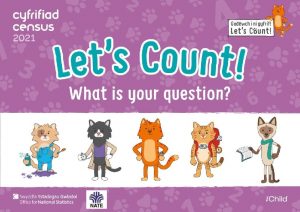Progression Expression Equation with a focus on grade




















- Slides: 20

Progression Expression & Equation (with a focus on grade 6 -8)

Before 6 th Grade • Expressions: – 5 th grade writes expressions to record calculations with numbers – 5 th grade interprets numerical expressions without evaluating – K-5 use properties of operations to write expressions in different ways – K-5 write numerical expressions and equations with one operation and one variable

Before 6 th Grade • Exponents: – 5 th grade uses whole number exponents to express powers of 10 • Variables: – 3 rd grade uses letters to represent unknown quantity in word problems

Common Core Standards 6 th grade • Apply and extend previous understandings of arithmetic to algebraic expressions. • Reason about and solve one-variable equations and inequalities. • Represent and analyze quantitative relationships between dependent and independent variables.

Common Core Standards 7 th grade • Use properties of operations to generate equivalent expressions. • Solve real-life and mathematical problems using numerical and algebraic expressions and equations.

Common Core Standards 8 th grade • Work with radicals and integer exponents. • Understand the connections between proportional relationships, lines, and linear equations. • Analyze and solve linear equations and pairs of simultaneous linear equations.

6 th Grade Exponents Base 10 -> Whole Number Exponents CCSS. MATH. CONTENT. 6. EE. A. 1 Write and evaluate numerical expressions involving whole-number exponents.

6 th Grade Expressions Numerical Expressions-> Expressions with Variables CCSS. MATH. CONTENT. 6. EE. A. 2 Write, read, and evaluate expressions in which letters stand for numbers. Students have been writing numerical expressions since Kindergarten, such as 2+3 8 x 5+4 x 2 7+ 6+ 3 4 (2 x 3)

6 th Grade Dependent and Independent Variables 2 Quantities that Vary Together -> Functions CCSS. MATH. CONTENT. 6. EE. C. 9 Use variables to represent two quantities in a real-world problem that change in relationship to one another; write an equation to express one quantity, thought of as the dependent variable, in terms of the other quantity, thought of as the independent variable. Analyze the relationship between the dependent and independent variables using graphs and tables, and relate these to the equation. For example, in a problem involving motion at constant speed, list and graph ordered pairs of distances and times, and write the equation d = 65 t to represent the relationship between distance and time. Prepares students for work with functions in later grades.

6 th Grade Inequalities CCSS. MATH. CONTENT. 6. EE. B. 8 Write an inequality of the form x > c or x < c to represent a constraint or condition in a real-world or mathematical problem. Recognize that inequalities of the form x > c or x < c have infinitely many solutions; represent solutions of such inequalities on number line diagrams. x<4 To draw a ray, plot an endpoint and select an arrow. Select an endpoint to change it from closed to open. Select the middle of the ray to delete it. Solve for x 550 – 20 x > 300 then graph Students also recognize one important new consideration in solving inequalities: multiplying or dividing both sides of an inequality by a negative number reverses the order of the comparison it represents. It is useful to present contexts that allows students to make sense of this. For example,

7 th Grade • Order of Operations & Properties-> Linear Equations

7 th Grade • Writing Expressions-> Understanding what the expression is representing

7 th Grade • Fractions & Decimals-> Solving equations with rational numbers

7 th Grade • Basic Inequalities -> Word Problem Inequalities -> Systems of Inequalities

8 th grade • Add properties of integer exponents to transforming expressions – In the 5 th grade students already used base 10 with positive whole number exponents. . . now the students expand to different bases and the full range of integers (including 0 and negative numbers) • Emphasize the positive square root and cube root solutions to equations – Students are expected to guess and check the solution to the cube root and the square root – stress NOT emphasizing the negative roots as a part of the solution when calculating the square root

• Students estimate values by expressing very large and very small numbers in scientific notation. Students should develop an ability to flow easily between numbers expressed as representations of numbers in scientific notation • Students extend the properties of exponents by performing operations with values written in scientific notation including “how many times” greater or smaller is one quantity than the other

• students move from representing an expression with one variable to calculating the value of the expression as the variable changes • they start to connect that tabulating the value of the expression as the variable changes and assigning a variable to the output is similar to tabulating solution pairs. • this then connects to the coordinate plane and the visual representations of the relationship between two variables

As students continue to explore the visual representation of the relationship between two quantities, • they connect by exploring the constant of proportionality , the increment in the table and the slope • Then build upon slope using the similar triangles in the graph Simultaneous equations with two variables and two constraints.

Solving Linear Equations 6. EE. 7. Solve real-world and mathematical problems by writing and solving equations of the form x + p = q and px = q for cases in which p, q and x are all nonnegative rational numbers. 7. EE. 3. Solve multi-step real-life and mathematical problems posed with positive and negative rational numbers in any form (whole numbers, fractions, and decimals), using tools strategically. Apply properties of operations to calculate with numbers in any form; convert between forms as appropriate; and assess the reasonableness of answers using mental computation and estimation strategies. 8. EE. 8. Analyze and solve pairs of simultaneous linear equations.

Solving Linear Equations
 Focus on form vs focus on forms
Focus on form vs focus on forms Porters generic strategy
Porters generic strategy Business level strategy differentiation
Business level strategy differentiation Actor focus vs object focus
Actor focus vs object focus Quadratic formula
Quadratic formula Whats a two step equation
Whats a two step equation Expression vs equation
Expression vs equation Simple algebraic equations
Simple algebraic equations X/2=5/6
X/2=5/6 Expression and equation difference
Expression and equation difference Algebra vocabulary worksheet
Algebra vocabulary worksheet Numerical expression
Numerical expression Algebraic expression
Algebraic expression Expression formula equation identity
Expression formula equation identity National numeracy learning progressions
National numeracy learning progressions Vchpepe
Vchpepe Eal curriculum reporting tool
Eal curriculum reporting tool Progression points victorian curriculum english
Progression points victorian curriculum english Thematische progression
Thematische progression Foot progression angle
Foot progression angle Partial sum of arithmetic sequence
Partial sum of arithmetic sequence






